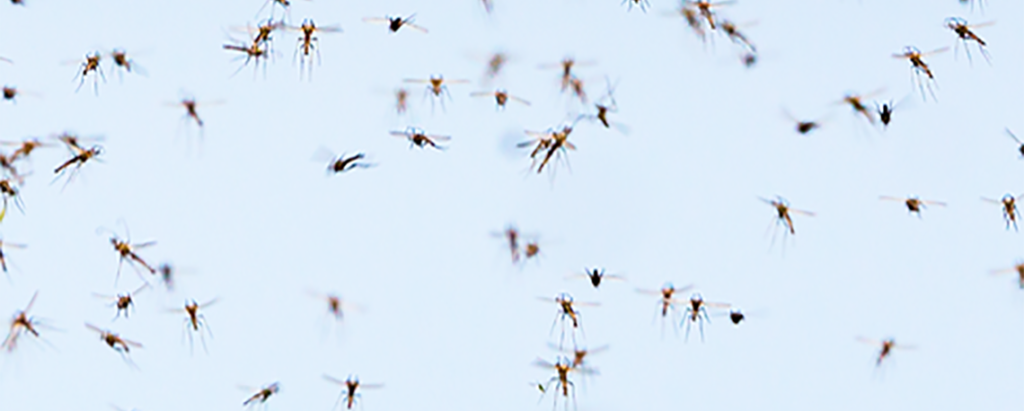
Several of the new technologies mentioned in this report are being used in the genetic engineering of trees such as the American chestnut. This article from Independent Science News gives a thorough explanation of the potential dangers and unknowns that are leading to the call for a ban on the technologies. – Anne Petermann
One of the central issues of our day is how to safely manage the outputs of industrial innovation. Novel products incorporating nanotechnology, biotechnology, rare metals, microwaves, novel chemicals, and more, enter the market on a daily basis. Yet none of these products come with an adequate data set of scientific information. Nor do they come with a clear intellectual framework within which their risks can be placed, as disputes over the precautionary principle show. The majority of products receive no regulatory supervision at all. How will the product be disposed of? What populations and which ecosystems will be exposed in the course of its advertised uses? What will be the consequences of accidental, off-label or illegal uses? Typically, none of these kinds of questions are adequately asked by government regulatory agencies unless citizens actively prod them to do so.
In consequence of these defects, we expose our world to unique hazards with every product launch. In comparison with its tremendous importance, this is surely one of the least discussed issues of our day.
The spectrum of regulation
Regulation of the products of industrial processes comes in quite diverse forms. At one extreme is the U.S. airline industry. Commercial airplanes are intensively regulated throughout their lives, from design to production, maintenance and operation. When plane accidents occur, an intensive and independent investigation is carried out and little expense is spared searching for the parts, which may even be retrieved from the bottom of the ocean.
This regulatory process is thus characterized by extensive and continuous feedback between all parts of the system: aircrew, regulators, maintenance crews, manufacturers, etc. This iterative type of regulatory supervision is widely viewed as successful and uncontroversial. Indeed, the airline industry has proportionately few deaths given the inherently hazardous and unnatural nature of flight.When the investigation is concluded, recommendations are made. Not infrequently, aircraft design or maintenance is subsequently altered and planes already manufactured may be recalled.
In significant contrast is the regulation of the products of the chemical industry. The standard model for those synthetic chemicals that do not evade regulation entirely is to release them in a single decision. This decision is typically referred to as the ‘approval’ or ‘deregulation’ event. After the approval decision is made, further data are sometimes collected and chemical re-registration may sometimes be required, but the approval decision is in many senses irreversible — for example, because recall is a practical impossibility. This type of regulation, which applies also to pharmaceuticals, crop biotechnology, and medical devices is thus characterized by only a minimal iterative component. The contrast with airplane safety, with its numerous systematized and formalized opportunities for feedback and learning with respect to each product, is significant.
